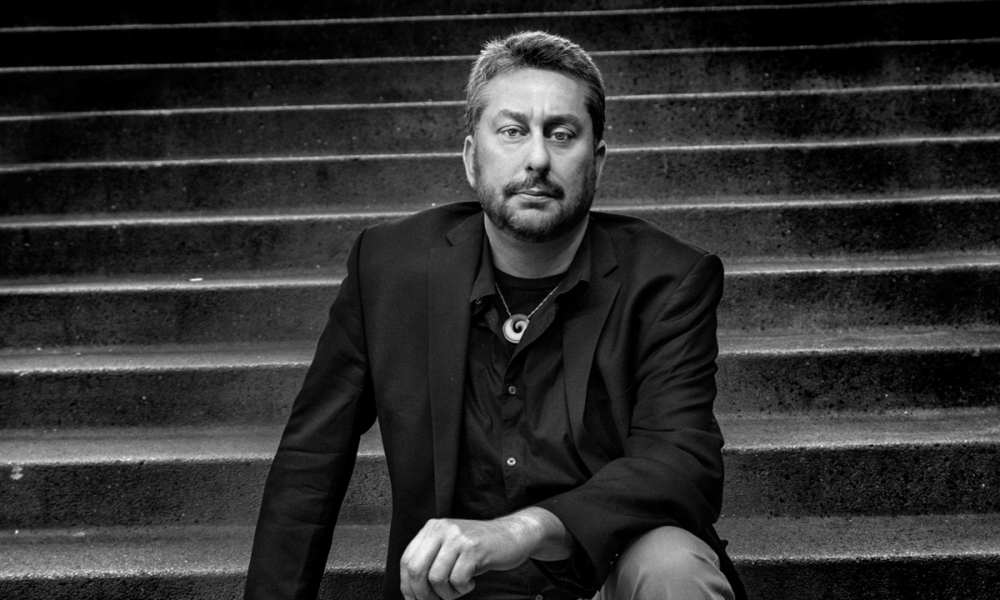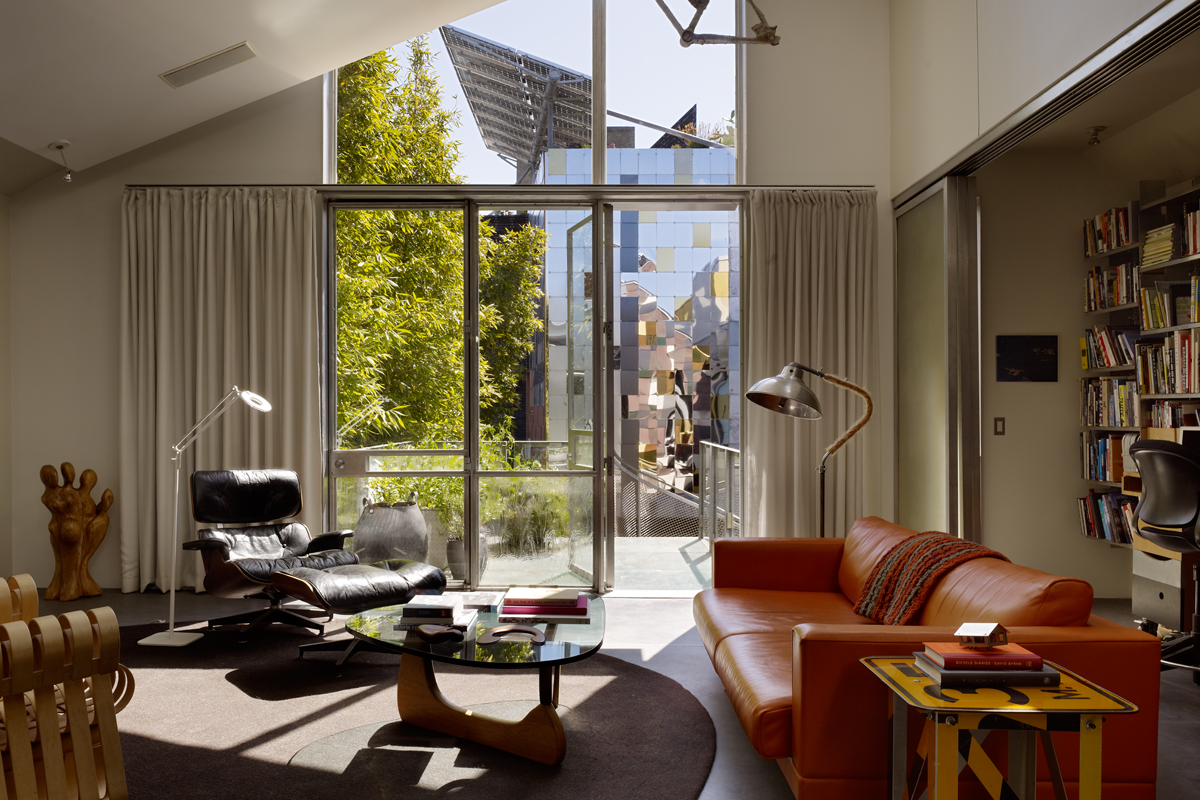In the past few decades, nearly every large company has adopted the word “sustainability” into its organizational vernacular. The rise in popularity of sustainable practices is in part a business trend but is also a reaction from business and government to assuage human impact on the environment. As a whole, sustainable practices have largely produced incremental positive change toward preserving the earth’s resources and biodiversity. Jason F. McLennan, creator of the Living Building Challenge (LBC) and founding CEO of the International Living Future Institute (ILFI), was tired of faulty environmental practices and wanted to create greater positive change. In 2006, McLennan was leading as the CEO of the Cascadia Green Building Council, and with the idea of a certification program that far exceeded LEED standards, he took the leap toward social entrepreneurship.
Ten years later, ILFI has grown to be a leading organization in regenerative design standards, educational tools and related programs: staff numbers are growing, program uptake is exponential, and three sold-out annual conferences demonstrate that McLennan was never alone in his dream to make a real difference in the way humans interact with the built environment. As a result of ILFI’s growing relationships with the design (AEC) and corporate social responsibility (CSR) communities, architects, engineers, manufacturers, and governments are aligning their work with ILFI’s mission: to create a world that is socially just, culturally rich and ecologically restorative.
Last fall, ILFI underwent a large transition: Jason F. McLennan stepped down as CEO, and his successor, Amanda Sturgeon, is now leading ILFI down the radical path that McLennan first blazed. ILFI further celebrates his leadership and looks forward to his continued service in the field of regenerative design. Current CEO Amanda Sturgeon sat down with McLennan to talk about the transition and reflect upon the goals and challenges of the past ten years.
Amanda Sturgeon: What were some of the greatest initial hurdles in introducing the Living Building Challenge to the architecture community?
Jason F. McLennan: I think initially people thought that the [Living Building Challenge] Standard was too hard, and nobody would be able to achieve it. There were a number of non-believers out there. It was illegal to implement many of the strategies and technologies nearly everywhere in North America due to water and waste regulations.
AS: What drove you to start the Living Building Challenge?
JM: I was impatient with the rate of change. I knew that the industry could do much better than what it was currently doing, but I was not seeing the initiative or the spark needed to push people to go through with it. LEED did a great job in introducing the industry to a wide range of issues, but the LBC was needed to really put a stake in the ground far afield so that the needed direction of the industry was clear.
AS: Why is the Living Building Challenge so critical at this moment in time? How do you see it continuing to scale?
JM: The LBC provides a tangible solution to the majority of the ways that the built environment contributes to environmental degradation. Countering climate change is not just about identifying the atmospheric carbon number that we can’t exceed—we have to begin to reverse the damage that’s been done. The program forces project teams to ask, “What do we actually do that has impact? How do we change our footprints so that we eliminate negative unintended consequences and create good in the world?” We can create more habitat, clean the air and water, and create places of great beauty and elegance. The LBC is living proof of a way of life. We are building solutions for the future now.
AS: How did you know that the time was right to make a transition from CEO of ILFI?
JM: We decided to make the transition slowly so that the timing was just right. I decided that I wanted to start transitioning in 2012 when we hired a new executive director. I wanted to make sure that ILFI was financially whole before I left. I set a goal to have ample resources in the bank and to broaden the leadership team, and I wasn’t going to leave before the organization could stand on its own legs. By 2012, there was a bunch of great people who could represent ILFI beyond myself.
At that point, I was ready to leave personally, too. I wanted to leave cleanly and without a power struggle. I also didn’t want to leave the organization at a point where it would fall into disrepair, which happens with a lot of founders at their departure. The organization could have a life of its own. I crafted the DNA, the framework, the vision, and the path. I wanted to get out of the way and move on to the next thing, while still supporting ILFI when it needed me. I felt great about leaving ILFI in your capable hands.
AS: What is your proudest accomplishment from your time in ILFI?
JM: The growth of the Living Building Challenge. The changes in the market that have been a direct result of the program are really wonderful to see. People no longer just imagine living buildings—they are actually building them and providing inspirational models for others to follow. I remember how many people thought the concept was impossible; except for a few real leaders like Sim Van Der Ryn, Bob Berkebile, Pliny Fisk. The LBC is the first framework and set of tools that shows how regenerative building is possible. Not everyone is ready to create living buildings, but they can see others doing it and can imagine the shift more readily. So my biggest achievement was removing the doubt.
AS: How will projects like the Bullitt Center serve as replicable models around the world?
JM: We’ve achieved the proof of concept and can now begin to scale. We still need to create Bullitt Center–like projects in every climate zone and every building type. Even in the Northwest, we need four or five Bullitt Centers that are office buildings to really sort through the numbers and flesh out the data points to show trends. Each Living Building is a little different aesthetically and uses different materials and technologies. Each project solves the same problem in ways that are applicable to each site.
AS: At ILFI, you worked on removing a lot of barriers to living buildings. Which critical barriers are left to remove?
JM: There are still a lot of materials-related issues, especially at scale. Small projects are really tough on the materials side because you don’t have much leverage with manufacturers when you’re talking about a couple thousand square feet.
In reality, all of the barriers still exist, but they’ve just reduced in magnitude, and now there are good examples to follow.
AS: The ILFI now administers the Living Product Challenge (LPC) and Living Community Challenge (LCC), in addition to other programs. Why is it important to expand the scope of the Living Building Challenge beyond buildings?
JM: The world needs holistic solutions to the complex issues surrounding climate change and other environmental challenges. We create living products to help make the process of creating living buildings more achievable. It creates a halo effect where one industry pulls the other industry forward in different ways, and it attracts interest. We hope that the LPC will have a similar impact on the manufacturing sector as the LBC has made for the construction sector.
AS: What drives you now that you’ve made the steps to start your own firm, McLennan Design?
JM: My motivation hasn’t changed. I am driven by the same fundamental driver to create positive change as before, but just using a different framework. On a personal level, I want to keep learning new things. And I think it’s good to reinvent yourself every decade or so.
When you bring an organization to a certain point, it’s good to then let a fresh set of eyes and a fresh set of hands take it further. On one hand, it’s good for you as a person to learn new things. On the other hand, it’s good for the “material” to have new people who bring their energy and ideas.
So for me it was time to hand over the reins and return to what I love, design, and to create living buildings more directly for people. Now I’m building an architecture and planning firm that I think will do a lot of good in the world. The firm has a special focus on helping people in need.
AS: What’s the most pressing issue facing society today?
JM: It’s multiple issues. Population, climate change, economic inequality, social injustice, the threat of war, pandemic disease; and they’re all interrelated.
There are so many things that could put us into trouble, and it’s hard to predict which one is going to impose the real catastrophe. Our work at ILFI addresses some of these by going to the source—how we build society and the pieces that make up civilization. Big stuff!
AS: Why do you think ILFI and Living Building Challenge have been successful?
JM: An entire community of people signed up for the vision. If they didn’t join me, it would’ve been a pretty lonely party. It would’ve been over. The people make the party. I feel lucky to have sent the invitation. ILFI’s network of people and partners has done amazing things. Fundamentally, our programs have been successful because they offer actionable hope and new models and new ways of thinking built on inspiration rather than guilt and gloom and doom. We don’t spend our time merely pointing out the problems, but instead we focus on identifying the solutions and removing the barriers.


